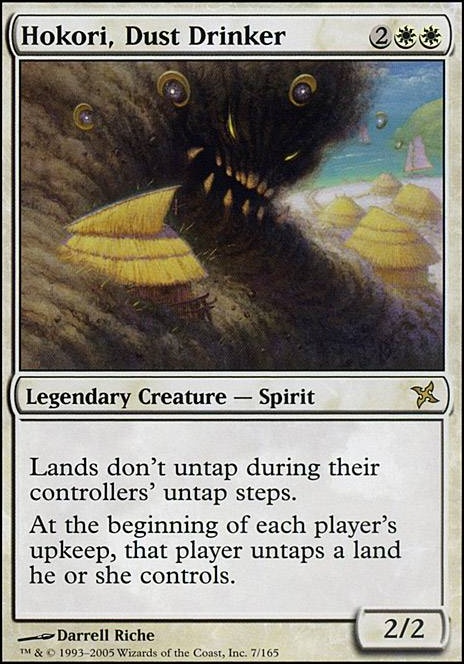Creature (23)
-
1x
Archangel of Thune

-
1x
Archangel of Tithes

-
1x
Avacyn, Angel of Hope

-
1x
Blazing Archon

-
1x
Emeria Shepherd

-
1x
Grand Abolisher

-
1x
Heliod, God of the Sun

-
1x
Hero of Bladehold

-
1x
Knight of the White Orchid

-
1x
Kor Duelist

-
1x
Leonin Abunas

-
1x
Luminate Primordial

-
1x
Mirran Crusader

-
1x
Mother of Runes

-
1x
Puresteel Paladin

-
1x
Salvage Scout

-
1x
Serra Avenger

-
1x
Silverblade Paladin

-
1x
Stoneforge Mystic

-
1x
Stonehewer Giant

-
1x
Sun Titan

-
1x
Weathered Wayfarer

-
1x
World Queller

Instant (8)
Artifact (22)
-
1x
Argentum Armor

-
1x
Batterskull

-
1x
Caged Sun

- 1x Candelabra of Tawnos
-
1x
Conqueror's Galleon
 Flip
Flip
-
1x
Crucible of Worlds

-
1x
Dowsing Dagger
 Flip
Flip
-
1x
Extraplanar Lens

-
1x
Fireshrieker

-
1x
Lightning Greaves

-
1x
Mind Stone

-
1x
Mox Diamond

-
1x
Mox Opal

- 1x Pearl Medallion
-
1x
Sensei's Divining Top

-
1x
Skullclamp

-
1x
Sol Ring

-
1x
Sword of Feast and Famine

-
1x
Sword of Fire and Ice

-
1x
Sword of Light and Shadow

-
1x
The Immortal Sun

-
1x
Umezawa's Jitte

Sorcery (8)
Commander (1)
Land (35)
-
1x
Ancient Tomb

- 1x Arcane Lighthouse
-
1x
Cascading Cataracts

-
1x
Darksteel Citadel

-
1x
Dust Bowl

-
1x
Emeria, the Sky Ruin

-
1x
Homeward Path

-
1x
Kor Haven

- 1x Lotus Vale
-
1x
Maze of Ith

-
22x
Plains

- 1x Scorched Ruins
-
1x
Strip Mine

-
1x
Thespian's Stage

Enchantment (3)
Maybeboard
Creature (2)
Enchantment (2)
Suggestions
Updates Add
Comments
Attention! Complete Comment Tutorial! This annoying message will go away once you do!
Important! Formatting tips — Comment Tutorial — markdown syntax
Please login to comment
Casual
91% Competitive
| Date added | 7 years |
| Last updated | 6 years |
| Legality | This deck is Commander / EDH legal. |
| Rarity (main - side) | 21 - 0 Mythic Rares 45 - 0 Rares 9 - 0 Uncommons 3 - 0 Commons |
| Cards | 100 |
| Avg. CMC | 3.25 |
| Tokens | Enchantment Cleric 2/1 W, Phyrexian Germ 0/0 B, Plant 0/2 G, Soldier 1/1 W |
| Folders | hokori land hate |
| Votes | |
| Ignored suggestions | |
| Shared with | |
| Views |


